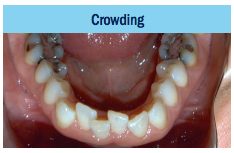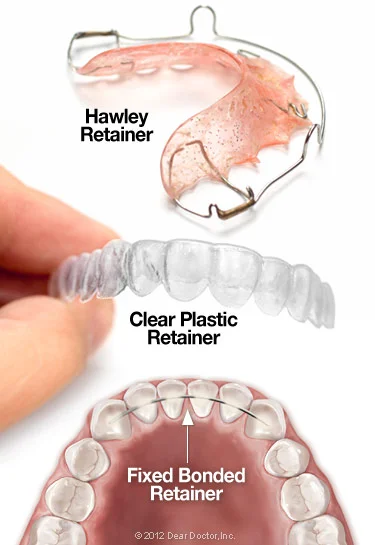Do wisdom teeth cause your teeth to become crowded?
What we often hear from our adult patients is, “I had braces as a kid, and my teeth were straight. My wisdom teeth came in, and, now, they are crooked.” The belief that wisdom teeth cause the front teeth to become crowded by “pushing” them forward is a common one.
Many patients are encouraged by their dental professionals to have their wisdom teeth (third molars) extracted to prevent future crowding.
Is there any validity to this theory?
In short, current research does not support the belief that wisdom teeth, alone, cause crowding of the teeth in front of them, or “push” on them enough to cause movement, nor that they contribute to the relapse after orthodontic treatment. The majority of peer reviewed research shows that even if people have their wisdom teeth removed, teeth (especially the lower front teeth) continue to crowd as we age. This is the case whether a person has had braces or not. Research has shown that teeth tend to drift forward throughout life, even in the absence of posterior teeth or molars.
The age that people stop wearing their retainers, many times, coincides with when the wisdom teeth first start to erupt. Many adults report that they wore their retainers for only a year or so after they had their braces removed, but once the wisdom teeth became impacted (stuck below the gums), their teeth started to crowd. We have learned that without retention, teeth that were previously crowded will start to revert back towards their previous position. Often wisdom tooth issues that arise at this age are correlated with the crowding that occurs during these years after retention is stopped. A long term use of your retainers is the only way to guarantee you will keep your teeth straight.
If the wisdom teeth are not major contributors to increased dental crowding as we age, where does it come from?
Factors that may affect lower incisor crowding include dental (crown size, dental arch length loss, poor periodontal status and primary teeth loss), skeletal (growth of the jaws and malocclusion), and general (age and gender).
The take home message, and current standard of care, is that chances of future crowding, alone, does not warrant wisdom teeth be extracted.
There are a number of other reasons that may indicate the need for extracting these teeth, including the inability to properly clean these teeth, tooth decay, pericoronitis (inflammation of the gingiva around partially erupted third molars), and impacted positions that may cause damage to the surrounding jaw structures. Each person is an individual, and the decision to extract the third molars should be discussed with your dentist, orthodontist, or oral surgeon.
How do I fix the crowding without getting braces again?
Braces are still the most popular orthodontic treatment we offer – but they’re far from the only option. Invisalign (clear aligners) is an exciting alternative to braces that transforms your smile using clear, removable plastic aligners to straighten teeth instead of metal wires and brackets. Clear aligners are discreet, convenient, and effective for orthodontic patients. Read What’s the Difference Between Invisalign & Clear Aligners? and read more about Invisalign at our website.
*https://www.meadowsorthodontics.com/do-wisdom-teeth-cause-your-teeth-to-become-crowded/
*https://www.linkedin.com/pulse/do-wisdom-teeth-make-your-crowded-gina-de-los-santos-terc/



